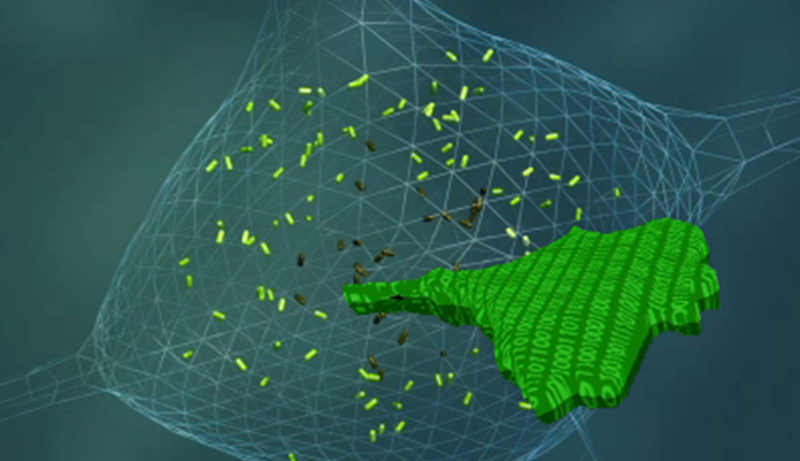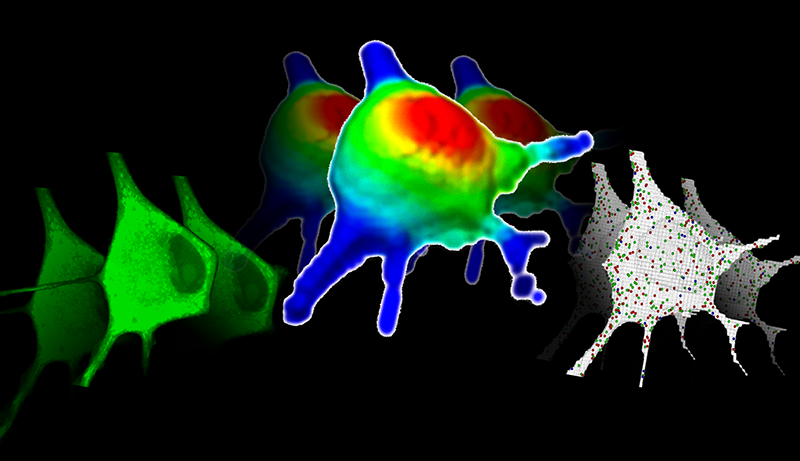CCAM Software is produced by the faculty and staff of CCAM. Our flagship application, the Virtual Cell, serves as a National Resource for Cell Analysis and Modeling. The software below ranges from applications for analyzing FRAP and other image data, (Virtual FRAP Tool, Microfilament Detector, 5-D Visualization MicroApp) to tools for generating models (BioNetGen, SyBiL).



Virtual Cell
SpringSaLaD
Virtual FRAP Tool
BaSDI (Bayesian super-resolution drift inference)
Single-molecule localization based super-resolution microscopy requires accurate sample drift correction in order to achieve good results. BaSDI implements a Bayesian statistical algorithm that estimate amount of the sample drift for every image frame from the raw dataset. The inference requires no fiducial marker but requires the assumption that the drift is mostly smooth over time. A detailed description of the statistical framework for this algorithm is published, Elmokadem A, Yu J, Optimal Drift Correction for Super-resolution Localization Microscopy with Bayesian Inference, Biophys J, 2015 Nov 3;109(9):1772-80. doi: 10.1016/j.bpj.2015.09.017. PubMed Link
Octane (Super-resolution imaging and single molecule tracking software.)
The Octane is a program we developed to facilitate works involved in super-resolution optical imaging (PALM, STORM, etc.). By providing an intuitive graphical user interface front end, we hope it can serve as a useful tool for a wide range of scientists, including experimental biologists as well as physicists. The program runs as a plugin of the (extremely versatile) ImageJ software, thus can be used on any image format that is supported by ImageJ.